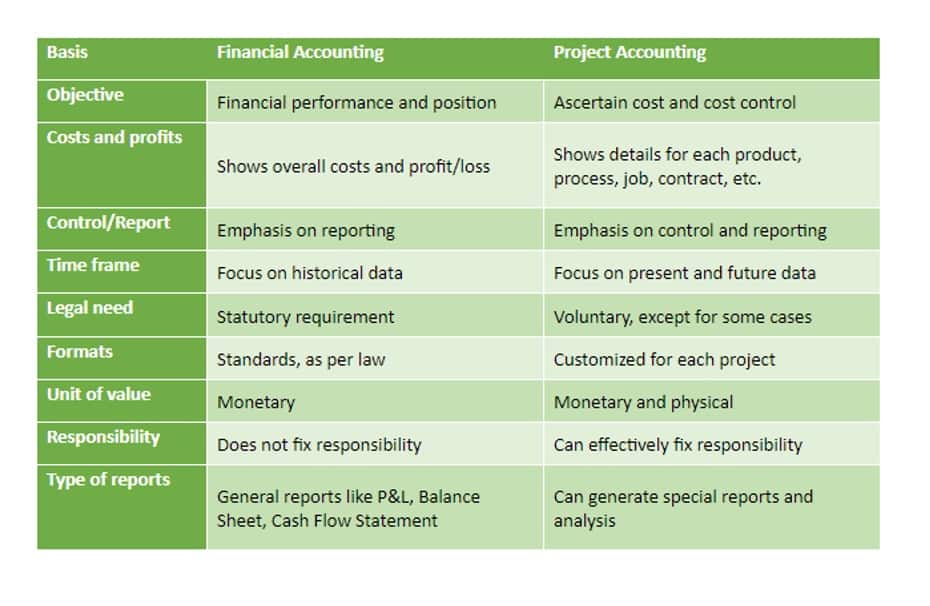
It also ensures that the loss booked is based on actual figures and not on appropriation. But it violates the accounting principles, GAAP, matching concepts, and a true and fair view of the Financial Statements. How long is appropriate for a company to leave past due A/R on the books before writing it off?
How Josh Decided It Was Time to Finish His CPA
- This method creates an allowance for doubtful accounts, which is a contra-asset account that reduces the total accounts receivable on the balance sheet.
- For example, businesses in the retail sector, where transactions are predominantly cash-based, may encounter fewer instances of bad debts, making direct write-off a feasible option.
- Without good credit control policies and risk assessments, companies may face more uncollectible accounts.
- It represents the amount that is required to be in the allowance of doubtful accounts.
- Your business has $200,000 in credit sales and estimates 2% will be uncollectible.
- The amount of the change is the amount of the expense in the journal entry.
When an account is deemed to be uncollectible, the business must remove the receivable from the books and record an expense. This is considered an expense because bad debt is a cost of doing business. Part of the cost of allowing customers to borrow money, which is essentially what a customer is doing when the business allows the customer time to pay, is the expense related to uncollectible receivables. Under the direct QuickBooks write-off method, bad debt expense serves as a direct loss from uncollectibles, which ultimately goes against revenues, lowering your net income. Versapay is focused on transforming accounts receivable efficiencies and accelerating companies’ cash flow by connecting AR teams with their customers over the cloud.

Allowance Method
He has worked as an accountant and consultant for more than 25 years and has built financial models for all types of industries. He has been the CFO or controller of both small and medium sized companies and has run small businesses of his own. He has been a manager and an auditor with Deloitte, a big 4 accountancy firm, and holds a degree from Loughborough University. Bad Debt Expense increases (debit), and Allowance for Doubtful Accounts increases (credit) for $22,911.50 ($458,230 × 5%). Let’s say that on April 8, it was determined that Customer Robert Craft’s account was uncollectible in the amount of $5,000. There is one more point about the use of the contra account, Allowance for Doubtful Accounts.

AUD CPA Practice Questions: Reporting Requirements Under GAGAS
With this method, accounts receivable is organized into categories by length of time outstanding, and an uncollectible percentage is assigned Accounting for Technology Companies to each category. For example, a category might consist of accounts receivable that is 0–30 days past due and is assigned an uncollectible percentage of 6%. Another category might be 31–60 days past due and is assigned an uncollectible percentage of 15%. All categories of estimated uncollectible amounts are summed to get a total estimated uncollectible balance. That total is reported in Bad Debt Expense and Allowance for Doubtful Accounts, if there is no carryover balance from a prior period.

- For businesses, the direct write-off is a simpler way to handle bad debt, and it must be used when dealing with unpaid accounts in federal taxes.
- It is important for management to monitor the balance to ensure the balance is reasonable.
- Collaborative AR makes it easier for your AR staff to communicate with customers to clear up issues that often lead to payment delays, such as disputed invoice charges or missing remittance information.
- It creates greater efficiencies, accelerates cash flow, and drastically improves the customer experience.
- The final collection probability is however still an average and individual outstanding accounts could skew calculations.
- Sometimes it’s used for tax purposes when actual bad debts are easier to track than estimates.
As a result, financial statements prepared using this method may not provide a fair and accurate representation of a company’s financial health. The method does not involve a reduction in the amount of recorded sales, only the increase of the bad debt expense. For example, a business records a sale on credit of $10,000, and records it with a debit to the accounts receivable account and a credit to the sales account. After two months, the customer is only able to pay $8,000 of the open balance, so the seller must write off $2,000.
- Incentives such as early payment discounts can encourage customers to pay promptly, thus reducing the risk of bad debt.
- When the firm makes the bad debts adjusting entry, it does not know which specific accounts will become uncollectible.
- This can make it challenging for stakeholders to assess a company’s financial performance accurately over time.
- Bankruptcy laws allow debtors to have a fresh start by either reorganizing or liquidating their assets.
- The alternative to the direct write off method is to create a provision for bad debts in the same period that you recognize revenue, which is based upon an estimate of what bad debts will be.

The problem however, is that under generally accepted accounting principles (GAAP), the method is not acceptable as it violates the matching principle. At the end of an accounting period, the Allowance for Doubtful Accounts reduces the Accounts Receivable to produce Net Accounts Receivable. Note that allowance for doubtful accounts reduces the overall accounts receivable account, not a specific accounts receivable assigned to a customer.
What Is Bad Debt Expense? How To Calculate and Record Bad Debt
- Continuing our examination of the balance sheet method, assume that BWW’s end-of-year accounts receivable balance totaled $324,850.
- Bad debt expense appears on the income statement as an operating expense under the category of Selling, General, and Administrative Expenses (SG&A).
- The firm is taking regular follow-ups with the Company’s directors, to which the directors are not responding.
- However, the direct write off method allows losses to be recorded in different periods from the original invoice dates.
- This method is particularly straightforward because it does not require complex estimations or calculations that other methods, such as the allowance method, might involve.
- Understanding these practices helps businesses choose the most appropriate method for managing bad debts effectively.
- Allowance for doubtful accounts decreases because the bad debt amount is no longer unclear.
During periods of large write-offs, income can become significantly understated, while other periods may appear artificially profitable. Upgrading to a paid membership gives you access to our extensive collection of plug-and-play Templates designed to power your performance—as well as CFI’s full course catalog and accredited Certification Programs. Boost your confidence and master accounting skills effortlessly with CFI’s expert-led courses! Choose CFI for unparalleled industry expertise and hands-on learning that prepares you for real-world success.
Do I need a separate account for bad debt expense?
When a company experiences bad debt, it has to adjust its balance direct write-off method sheet to reflect the changes in its assets. Bad debt reduces the accounts receivable asset account, which in turn lowers the company’s total assets. Simultaneously, a contra-asset account called “allowance for doubtful accounts” (or “allowance for credit losses” or “allowance for bad debts”) is created to record the estimated uncollectible amount.
1 Percentage of Sales Method

In the direct write off method example above, what happens if the client does end up paying later on? Accounts Receivable would be debited, and the Bad Debt Expense account would be reduced. Bad debt expense appears on the income statement as an operating expense under the category of Selling, General, and Administrative Expenses (SG&A). It reduces the company’s operating income and, consequently, affects the net income of the company. On the other hand, companies can impose late payment fees to discourage late payments and manage cash flow.